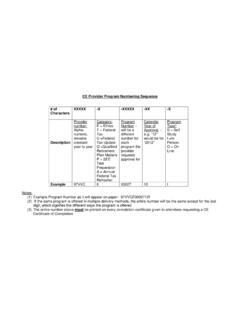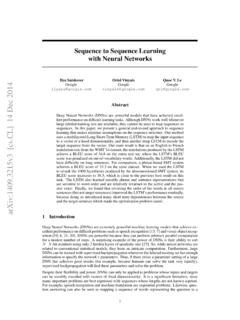Transcription of Sequence of Operation - University of Cincinnati
1 Design Guidelines and Standards Manual9/16/96 University of CincinnatiSEQUENCE OF OPERATION15985 - 1 SECTION 15985 - Sequence OF Sequence of Operation to be submitted with shop drawing submittal of Section 2 - HVAC with controls shall be installed and programmed to perform as described in this section,and as applicable to the specific 3 - OF , (S/S) AHU1. With the H-O-A switch on the starter panel, in the H position, the system shall be energizedand the system safety devices shall protect the With the H-O-A switch on the starter panel in the "H" position, the unit will With the H-O-A switch in the "A" position, the unit will operate in response to DDC controland system safety Programsa. Schedule5. Control PointsAIAOBIBOa. Start/Stop Xb.
2 Start (OST), AHU1. Scheduled start time, controlled by the DDC controller, can be altered by controllers optimumstart program The result of the calculation is to compute the equipment start time so that the spacetemperature can be moved from its unoccupied mode setting, to the occupied mode setting forthe space controlled, early enough to meet the scheduled start time for the Programsa. Scheduleb. Start/Stop Programc. Optimum Start/Stop Programd. Outside/Return/Relief Damperse. DDC - Historical temperature rate of change (from selected sensor)4. Control PointsAIAOBIBOa. Outside Air Outside Air HumidityXc. Space Start/Stop, AHU Stop (OSP), AHU1. Scheduled stop time, controlled by the DDC controller, can be altered by controllers optimumstart/stop Guidelines and Standards Manual9/16/96 University of CincinnatiSEQUENCE OF OPERATION15985 - 22.
3 The result of the calculation is to compute the equipment stop time, so that the spacetemperature is allowed to drift from its occupied mode setting for the space controlled, to theupper or lower temperature limit by the scheduled stop Programsa. Scheduleb. Start/stop programc. Optimum start/stop programd. DDC - Historical temperature rate of change4. Control PointsAIAOBIBOa. Outside Air TempXb. Space TempXc. Start/Stop, Mode (UM), AHU and Terminal Units1. Room occupancy sensor, along with the Time of Day program will cause the AHU's andterminal units to go to unoccupied mode settings when called for by the schedule Space temperature settings to be reset to 55 F winter and 85 F Outside air damper to During heating season, the DDC shall use space temperature sensors to cycle the AHU toprevent the space temperature from falling below the minimum setpoint.
4 The outside airdamper shall remain Programsa. Time of Day Scheduleb. Optimum Start/Stopc. Day/Night, Occupant Override6. Control PointsAIAOBIBOa. Unoccupied space Start/Stop, AHU/Pneu. controlsXc. Outside air damper closedXd. Occupancy/Vacancy Mode (OM), AHU//Terminal Units//1. Room occupancy sensor and terminal unit controller, along with Time of Day program foroccupied rooms will cause the AHU to start and run continuously and controls to be AHU controls will be energized and switched from unoccupied temperature setting to anoccupied setting (72 F minimum and 78 F maximum).3. Outside air damper to go to position for required outside air volume, for occupied spaces Programsa. Time of Day Scheduleb. Optimum Start/Stop Schedulec. Day/Night/Occupant Override Switch5.
5 Control PointsAIAOBIBOa. Occupied space Start/Stop, AHU Pneu. ControlsXc. Outside air damper to minimumpositionXd. Occupancy/Vacancy Economizer Control (EEC), AHUD esign Guidelines and Standards Manual9/16/96 University of CincinnatiSEQUENCE OF OPERATION15985 - 3 Note: Designer/UC to choose between (EEC) and (TEC).1. Each DDC controller to perform an enthalpy calculation to determine when it is more energyefficient to use outside air for Based on these data and the enthalpy calculation, DDC controller will modulate outside air,return air and exhaust air dampers to achieve mixed air temperature When outside air (OA) enthalpy is greater than return air enthalpy, the OA damper will returnto minimum Programsa. DDC - enthalpy Control PointsAIAOBIBOa. Outside air Outside air humidityXc.
6 Return air Return air humidityXe. Mixed air Outside air damperXg. Return air damperXh. Exhaust air Economizer Control (TEC), AHUNote: Designer to choose between (EEC) and (TEC).1. DDC controller to modulate outside air, return air and exhaust air dampers to achieve mixed airtemperature When the outside air temperature is greater than the return air temperature, the outside airdamper will return to minimum When the mixed air temperature (MAT) falls below setpoint [55 F] the outside damper shallgo to minimum If cooling is required, but the return air temperature is lower than the OA temperature, the OAdampers will go to their minimum If the return air temperature is below an operator definable limit, then a warm-up cycle shall beinitiated forcing the outside air dampers to their closed position.
7 (See WARM-UP CYCLE.)When return air temperature increases above the limit, plus a definable differential, then thewarm-up cycle shall be DDC - Setpoint computationb. DDC - Setpoint control7. Control PointsAIAOBIBOa. Outside air Return air Mixed air Outside air damperXe. Return air damperXf. Exhaust air Cycle Control (WCC)1. When schedule calls for occupied mode startup, and the return air temp is 5 F or more belowsetpoint (70 F), a warm-up cycle shall Outside air damper will Heating control valve will Guidelines and Standards Manual9/16/96 University of CincinnatiSEQUENCE OF OPERATION15985 - 44. Terminal box reheat to full VAV terminal box damper to full When return air temperature increases above the setpoint, the warm-up cycle shall Programsa.
8 Scheduleb. DDC - Setpoint controlc. Occupied mode8. Control PointsAIAOBIBOa. Return air Outside air damperXc. Terminal box damperXd. Terminal box reheat Air or Supply Air Smoke Detection, (SD) AHU1. Air duct smoke detector, upon sensing smoke, shall stop the fan(s) and de-energize controlsthrough a direct circuit normally closed (NC) interlock A set of normally open (NO) contacts will close, to signal the fire alarm A second set of NO contacts shall close and signal the Central Operating Programsa. Alarms and Messages5. Control PointsAIAOBIBOa. Smoke DetectorXb. Alarm signal and Maintenance (FM), AHU1. Differential pressure switch with sensors on upstream and downstream side of filter will signalDDC controller when the differential pressure is equal to or greater than the DDC controller will initiate an alarm signal indicating a clogged filter and requirement Programsa.
9 DDC - Alarms and messages4. Control PointsAIAOBIBOa. Differential Pressure Air Temperature (SAT) Control, SAT setpoint established by DDC controller (usually 55 F).or1. SAT reset based on requirements of individual terminal box with the most cooling requirement( zone temperature with most deviation to high side of setpoint).or1. SAT is reset down until all zone temperatures are satisfied. Conversely SAT is reset up as zonesetpoints all deviate to the low DDC controller shall reset the mixed air temp (MAT) control loop setpoint (Economizercontrol), and the heating coil air temp control loop setpoint, to correlate to supply air temp(SAT) SAT shall modulate the cooling coil control loop to maintain SAT MAT control loop shall modulate the economizer dampers to maintain MAT Heating coil control loop leaving air temp shall modulate the heating coil valve to maintainHC/LAT Guidelines and Standards Manual9/16/96 University of CincinnatiSEQUENCE OF OPERATION15985 - 5 Face and bypass damper control (F& B) , AHU6.
10 DDC controller shall modulate face and bypass air dampers and hot water coil valve in concert,at outdoor temperatures above 40 F to achieve coil leaving air temperature setpoint; andmodulate the bypass damper only (coil valve at 100% open) when outdoor air temperatures areless than 40 Programsa. DDC-PID Loop Control8. Control Supply air Mixed air HC/LATXd. Economizer dampersXe. Hot water (or steam) control valveXf. Chilled water control Control (PHC)1. DDC controller will modulate the preheat coil control valve to maintain a preset coil//airdischarge temperature [or mixed air temperature as shown on drawings].2. Programsa. DDC - PID setpoint control3. Control PointsAIAOBIBOa. Coil discharge air Preheat coil control valveXc. Face and Bypass DamperXM. Variable Speed Control (VSC), DDC controller will modulate fan speed with a 4-20 MA signal to variable frequency drivebased on duct pressure As duct pressure decreases, fan speed will increase.

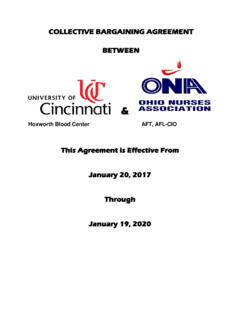
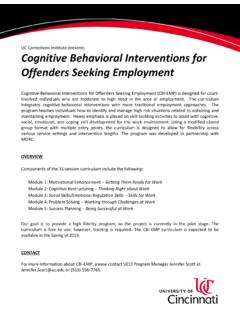
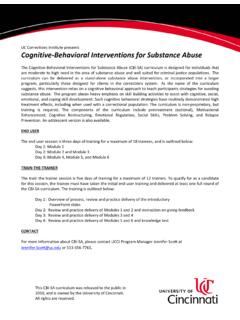
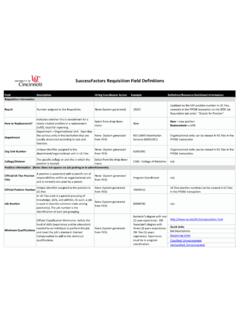
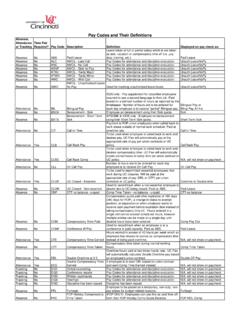
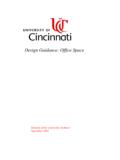
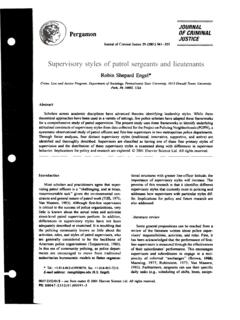
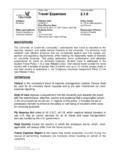
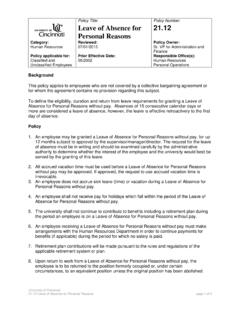
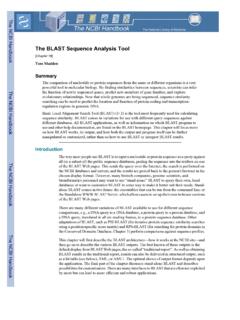
![arXiv:1406.1078v3 [cs.CL] 3 Sep 2014](/cache/no-preview.jpg)



